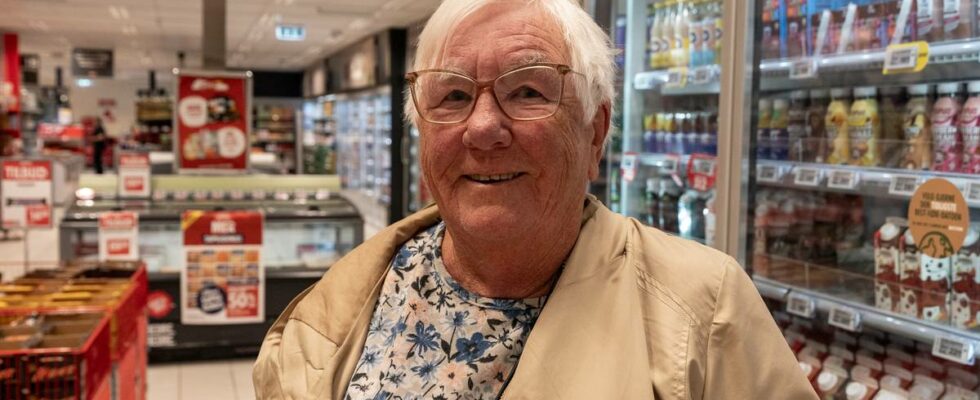More and more often, grocery stores come with offers that make the shopping trip a pure brain drain. At Meny Telemarksporten in Porsgrunn, news meets Marit Lindvig between the shelves in the large grocery store. – Now I need candles and napkins, she says and heads for the shelf with news in tow. There are three for two offers on candles with a price tag of NOK 80, but how much does each individual candle really cost? Lindvig acknowledges that it is not always so easy to find out what an item costs in the store anymore. – But did you intend to buy wood? – No, I didn’t really have that, but I use quite a few of those, so it should be fine, smiles Lindvig. – Should drop the calculator Children and Family Minister Kjersti Toppe (Sp) says that all customers have the right to be informed about prices. – People should of course not have to carry a calculator with them to find out the real price. Customers must be able to compare prices in a simple way. Minister for Children and Families Kjersti Toppe (Sp). Photo: Beate Oma Dahle / NTB Forbrukertilsynet tells news that they are contacted by many and are following closely. – What the consumer must be aware of is that they must look at the unit price and the labeling there. Businesses must be aware that they keep a stable price for their goods ahead of a type of discount, says Deputy Director Marit Evensen of the Norwegian Consumer Protection Authority. The use is increasing The use of so-called relative prices is increasing, both in the grocery industry and the retail trade. Instead of advertising with how much the item costs in kroner, the offer is based on how many items you have to pay for. Or how many percent can be saved. – The prices are very well marked, so the message gets across very well, says general manager Joachim Hillbo at Meny Telemarksporten. General manager Joachim Hillbo at Meny Telemarksporten in Porsgrunn says that every item in a three for two offer has a discount of 30 per cent. Photo: Lars Tore Endresen / news He explains that the Meny chain operates with a discount of 30 per cent on each of the three items when they run a three for two offer. – So it’s not the case that it’s the most expensive or the cheapest item you get a discount on, like for example in the clothing industry, says Hillbo. Frequent campaigns Harald Kristiansen is communications director for Coop Norge SA. – The Extra chain has been a leader in these types of campaigns and offers, and we will continue to be so. We are growing more than any other grocery chain, and the combination of low prices and frequent promotions is an important reason. Harald Kristiansen is director of communications for Coop Norge SA. He claims that these are campaigns that customers want. – On the shelf price and in the customer magazine, it is clearly marked what the savings will be, so we do not recognize that it is confusing, says Kristiansen. The communications director believes that Norwegian customers are very price conscious compared to our neighboring countries, and Kristiansen points out that these are campaigns that are very popular in Norway. – It is also important to add that this campaign is used on goods that have a long shelf life or are otherwise suitable, so that increased sales do not contribute to increased food waste, but save the customers who own us money. No quantity discount on food At Kiwi, they do not use quantity discounts on food. Among other things, precisely to prevent food waste. – We want to make it simple and predictable for the customer. We also believe that quantity discounts can lead to people buying more than they need, says communications director Kristine Aakvaag Arvin. Director of Communications Kristine Aakvaag Arvin at Kiwi. Minister Toppe believes that it is good to have good offers on food and groceries that people need, but clarifies that all prices, including sale prices, must be clearly stated. – The Price Information Regulations require shops to clearly state the price of the individual item and the price per unit, for example per kilogram or litre. I assume that the shops comply with this, says Toppe. The Norwegian Consumer Protection Authority also has the task of supervising that the shops comply with the requirements of the Marketing Act and the Price Information Regulations. Published 04.10.2024, at 06.45 Updated 04.10.2024, at 10.07
ttn-69
– Didn’t intend to buy three – news Vestfold and Telemark – Local news, TV and radio

